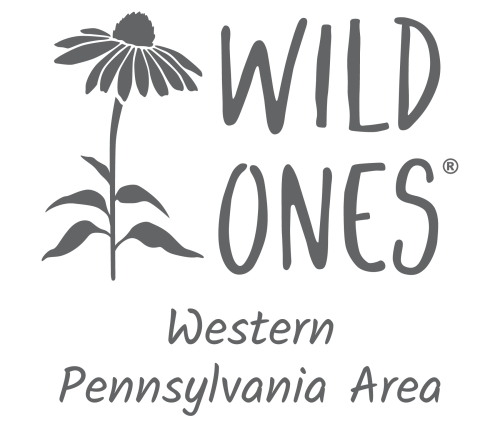21 Magical Native Violets You Can Grow in Western Pennsylvania
Violets (Viola spp.) are a host plants for five fritillaries in western Pennsylvania, four of which are common to all violets and one, regal fritillary, is hosted by the bird-foot violet (Viola pedata). In the spring, violets have white, blue, violet, and yellow flowers. These herbs, which provide taller structure, can be a vital part […] Continue reading "21 Magical Native Violets You Can Grow in Western Pennsylvania"
